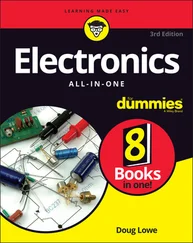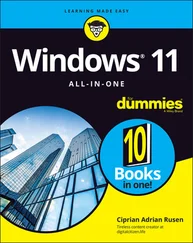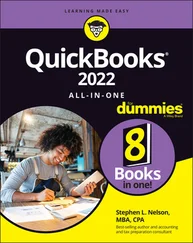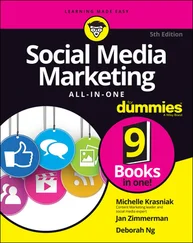419 429
420 430
421 431
422 432
423 433
424 434
425 435
426 436
427 437
428 438
429 439
430 440
431 441
432 442
433 443
434 444
435 445
436 446
437 447
438 448
439 449
440 450
441 451
442 452
443 453
444 454
445 455
446 456
447 457
448 458
449 459
450 460
451 461
452 462
453 463
454 464
455 465
456 466
457 467
458 468
459 469
460 470
461 471
462 472
463 473
464 474
465 475
466 476
467 477
468 478
469 479
470 480
471 481
472 482
473 483
474 484
475 485
476 486
477 487
478 488
479 489
480 490
481 491
482 492
483 493
484 494
485 495
486 496
487 497
488 499
489 500
490 501
491 502
492 503
493 504
494 505
495 506
496 507
497 508
498 509
499 510
500 511
501 512
502 513
503 514
504 515
505 516
506 517
507 518
508 519
509 520
510 521
511 522
512 523
513 524
514 525
515 526
516 527
517 528
518 529
519 531
520 532
521 533
522 534
523 535
524 536
525 537
526 538
527 539
528 540
529 541
530 542
531 543
532 544
533 545
534 546
535 547
536 548
537 549
538 550
539 551
540 552
541 553
542 554
543 555
544 556
545 557
546 558
547 559
548 560
549 561
550 562
551 563
552 564
553 565
554 566
555 567
556 568
557 569
558 570
559 571
560 572
561 573
562 574
563 575
564 576
565 577
566 578
567 579
568 580
569 581
570 582
571 583
572 584
573 585
574 586
575 587
576 588
577 589
578 590
579 591
580 592
581 593
582 594
583 595
584 596
585 597
586 598
587 599
588 600
589 601
590 602
591 603
Does math really need to be so hard? Nope.
I say this speaking as a guy who has struggled with math as much as, if not more than, you have. Believe me. And a big part of the struggle often has more to do with the lack of clarity in how math is explained than with the actual math.
This is too bad, because the whole idea behind math is supposed to be clarity. In a world where so many things are unclear, 2 + 2 will always equal 4.
My second-greatest joy in teaching math is when a light breaks across a student’s face as they suddenly understand something new. My greatest joy, though, is what often follows: a skepticism that it couldn’t possibly be this easy.
When you approach math right, it’s almost always easier than you think. And a lot of the stuff that hung you up when you first saw it probably isn’t all that scary after all. Many students feel they got lost somewhere along the way on the road between learning to count to ten and their first day in an algebra class — and this may be true whether they’re 14 or 104. If this is you, don’t worry. You’re not alone, and help is right here!
This book brings together the four components you need to make sense of math:
Clear explanations of each topic
Example questions with step-by-step answers
Plenty of practice problems (with more available online!)
Chapter quizzes to test your knowledge at the end of most chapters
Although you can certainly work through this book from beginning to end, you don’t have to. Feel free to jump directly to whatever chapter has the type of problems you want to practice. When you’ve worked through enough problems in a section to your satisfaction, feel free to jump to a different section. If you find the problems in a section too difficult, flip back to an earlier section or chapter to practice the skills you need — just follow the cross-references.
If you’re planning to read this book, you likely fall into one of these categories:
A student who wants a solid understanding of the basics of math for a class or test you’re taking
An adult who wants to improve skills in arithmetic, fractions, decimals, percentages, weights and measures, geometry, algebra, and so on for when you have to use math in the real world
Someone who wants a refresher so you can help another person understand math
My only assumption about your skill level is that you can add, subtract, multiply, and divide. So, to find out whether you’re ready for this book, take this simple test:
| 4 + 7 = ____ |
13 – 5 = ____ |
9 × 3 = ____ |
35 ÷ 7 = ____ |
If you can answer these four questions correctly (the answers are 11, 8, 27, and 5), you’re ready to begin.
You’ll see the following five icons throughout the book:
 Each example is a math question based on the discussion and explanation, followed by a solution. Work through these examples, and then refer to them to help you solve the practice problems that follow them, as well as the quiz questions at the end of the chapter.
Each example is a math question based on the discussion and explanation, followed by a solution. Work through these examples, and then refer to them to help you solve the practice problems that follow them, as well as the quiz questions at the end of the chapter.
 This icon points out important information that you need to focus on. Make sure you understand this information fully before moving on. You can skim through these icons when reading a chapter to make sure you remember the highlights.
This icon points out important information that you need to focus on. Make sure you understand this information fully before moving on. You can skim through these icons when reading a chapter to make sure you remember the highlights.
 This icon points out hints that can help speed you along when answering a question. You should find them useful when working on practice problems.
This icon points out hints that can help speed you along when answering a question. You should find them useful when working on practice problems.
 This icon flags common mistakes that students make if they’re not careful. Take note and proceed with caution!
This icon flags common mistakes that students make if they’re not careful. Take note and proceed with caution!
 When you see this icon, it’s time to put on your thinking cap and work out a few practice problems on your own. The answers and detailed solutions are available so you can feel confident about your progress.
When you see this icon, it’s time to put on your thinking cap and work out a few practice problems on your own. The answers and detailed solutions are available so you can feel confident about your progress.
In addition to the book you’re reading right now, be sure to check out the free Cheat Sheet on Dummies.com. This handy Cheat Sheet covers some common “math demons” that students often stumble over. To access it, simply go to Dummies.com and type Basic Math & Pre-Algebra All in One Cheat Sheetin the Search box.
You’ll also have access to online quizzes related to each chapter, starting with Chapter 3. These quizzes provide a whole new set of problems for practice and confidence-building. To access the quizzes, follow these simple steps:
Читать дальше
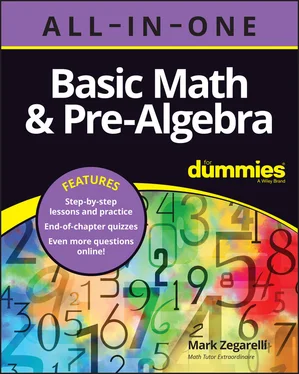
 Each example is a math question based on the discussion and explanation, followed by a solution. Work through these examples, and then refer to them to help you solve the practice problems that follow them, as well as the quiz questions at the end of the chapter.
Each example is a math question based on the discussion and explanation, followed by a solution. Work through these examples, and then refer to them to help you solve the practice problems that follow them, as well as the quiz questions at the end of the chapter. This icon points out important information that you need to focus on. Make sure you understand this information fully before moving on. You can skim through these icons when reading a chapter to make sure you remember the highlights.
This icon points out important information that you need to focus on. Make sure you understand this information fully before moving on. You can skim through these icons when reading a chapter to make sure you remember the highlights. This icon points out hints that can help speed you along when answering a question. You should find them useful when working on practice problems.
This icon points out hints that can help speed you along when answering a question. You should find them useful when working on practice problems. This icon flags common mistakes that students make if they’re not careful. Take note and proceed with caution!
This icon flags common mistakes that students make if they’re not careful. Take note and proceed with caution! When you see this icon, it’s time to put on your thinking cap and work out a few practice problems on your own. The answers and detailed solutions are available so you can feel confident about your progress.
When you see this icon, it’s time to put on your thinking cap and work out a few practice problems on your own. The answers and detailed solutions are available so you can feel confident about your progress.

